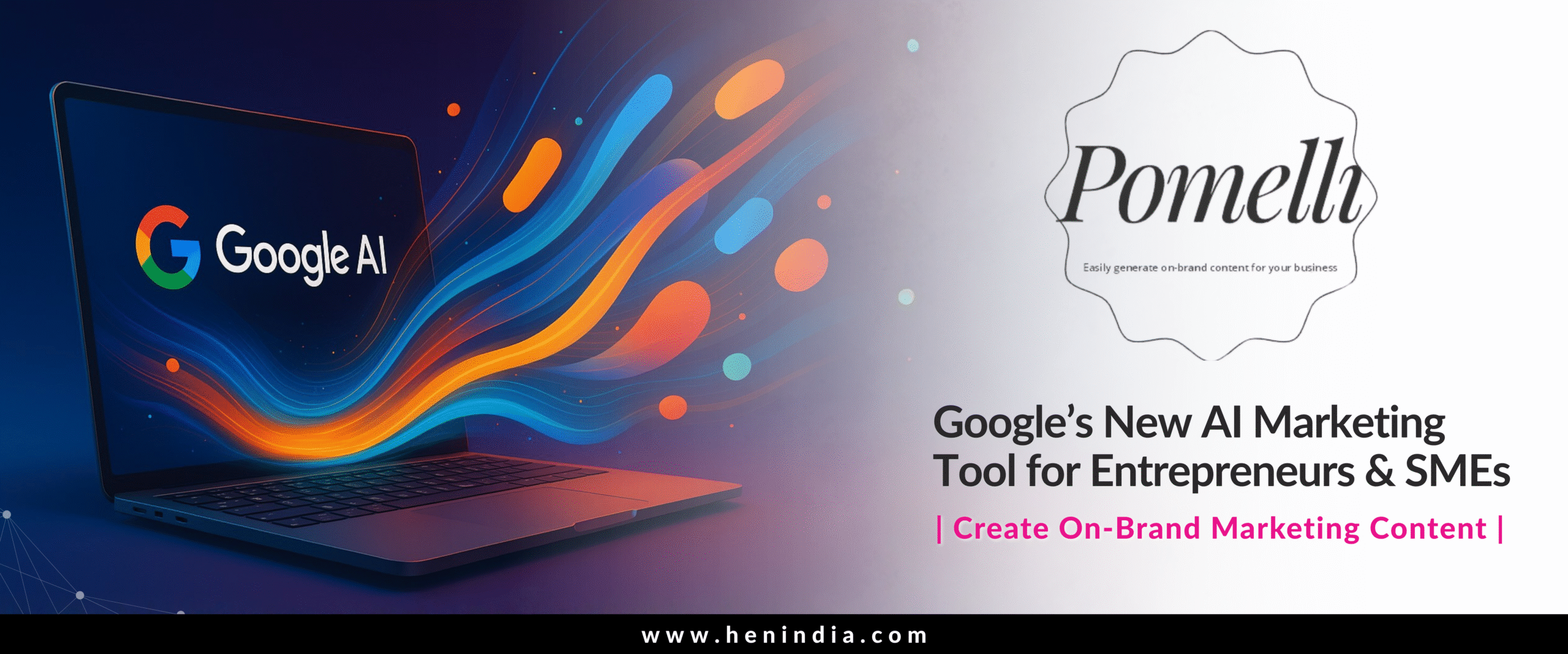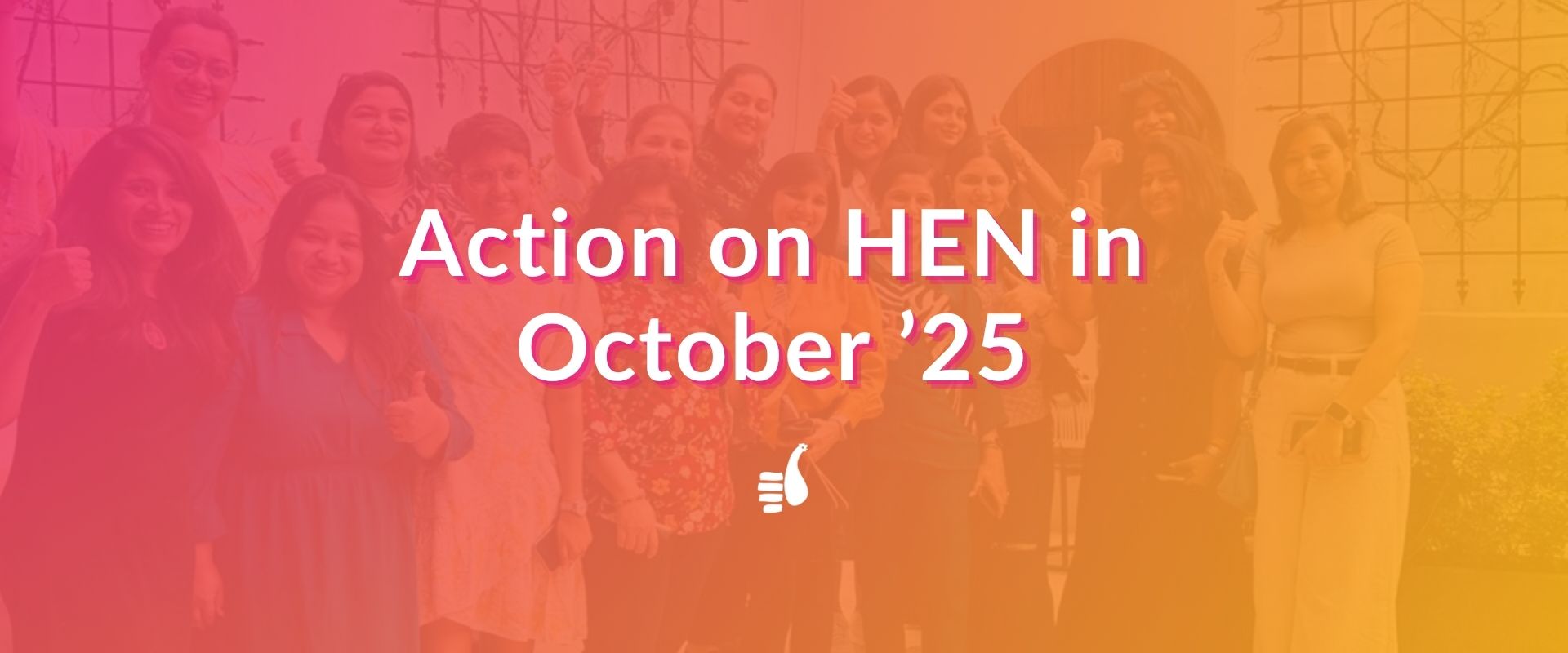India faces a major youth employment challenge: in May 2025, the all-India unemployment rate rose to 5.6%, but it was much higher among rural youth (13.7%) and urban youth (17.9%).
For those aged 15-29, youth joblessness reached 15.3% in June, highlighting the scale of the problem. source
This persistent lack of opportunities not only lead to financial hardship and skill erosion among young Indians, but also creates gaps for employers, and they struggle to find well-matched talent and see productivity losses due to skill mismatch and discouraged workers
In response to these challenges, Prime Minister Narendra Modi announced the Pradhan Mantri Viksit Bharat Rozgar Yojana (PM-VBRY) in 2025, a transformative scheme with a financial outlay of nearly ₹1 lakh crore, aimed at generating over 3.5 crore new jobs within two years
Bridging Swatantra Bharat to Samriddha Bharat: The Vision
PM-VBRY is designed to strengthen India’s journey from Swatantra Bharat (Independent India) to Samriddha Bharat (Prosperous India).
Recognizing that youth unemployment threatens social stability and economic progress, this scheme aims to empower young Indians as drivers of development while supporting employers with incentives for job creation.
Key Features & Financial Outlay
- Budget: ₹99,446 crore, with direct funding to both jobseekers and employers.
- Goal: Create over 3.5 crore formal jobs between August 2025 and July 2027, including 1.92 crore first-time employees.
- Financial Incentives:
- ₹15,000 paid by the government to any youth securing their first private-sector job.
- Two installments: one after 6 months of service, next after 12 months (saved in a long-term savings instrument).
- Eligibility: Employee must join an EPFO-registered company between August 1, 2025 and July 31, 2027.
Not a previous EPFO or Exempted Trust member.
Monthly gross wage of ₹1 lakh or below.
Must remain employed in the same establishment for at least 6 months. - Employer Incentives: Employers are rewarded for hiring new employees, creating a direct bridge between young talent and job opportunities after training or education.
Before we dive into the depths of the PMVBRY, let’s try to understand what are we trying to tackle:
The Challenge: Youth Unemployment and Its Ripple Effects
Youth Employment Trends and Consequences
- Youth employment rate in India dropped from 53% (2004-05) to 40% (2022-23).
- Unemployment among those with higher education is paradoxically much worse: 18.4% for secondary/higher, 29.1% for graduates, compared to 3.4% for illiterate youth.
- NEET Crisis: 1 in 3 youngsters is not in employment, education, or training as of 2022.
Impact on Society and Economy
- Prolonged youth joblessness leads to financial hardship, rising crime rates, and declining mental health.
- Employers struggle to find adequately skilled workers—resulting in lost productivity, higher hiring costs, and business instability.
How PM-VBRY Aims to Transform the Employment Landscape
Empowering Youth
- Direct Benefits: Every eligible youth receiving financial support when entering the workforce reduces anxiety and boosts savings for the future.
- Formalization: Greater enrolment under EPFO means social security, pension, and long-term protections.
- Skill Alignment: Encouraging employers to hire fresh graduates will lead to better on-the-job skill development.
Supporting Employers
- Employers will be incentivized for each new formal job created, offsetting new employee onboarding and training costs.
- Faster hiring of entry-level staff will help industries fill gaps and drive productivity and innovation.
Macro-Level Impact
- Worker Population Ratio (WPR) has already grown from 46.8% in 2017–18 to 58.2% in 2023–24; formal workforce rising steadily, with over 1.29 crore net EPFO additions in 2024–25.
- Expected creation of 3.5 crore jobs over two years could further lower youth unemployment and support an annual influx of new entrants into the workforce.
- Focus on formal jobs means enhanced social protection, reduced informal labor, and greater stability across sectors.
Key Components of PM-VBRY
Part A: Incentives for First-Time Employees
- Eligibility: Individuals entering formal employment for the first time (EPFO-registered), earning up to ₹1 lakh/month.
- Incentive Structure: A maximum of ₹15,000, disbursed across two installments:
- First installment after 6 months of continuous service.
- Second installment after 12 months, contingent on completion of a financial literacy program.
- Savings Element: A portion of the payout will be held in a fixed deposit or savings instrument to encourage financial planning.
- Beneficiary Count: Around 1.92 crore first-time employees are anticipated to benefit.
Part B: Incentives for Employers
- Objective: Push for sustained employment creation across sectors, with a focus on manufacturing
- Employer Incentives: Up to ₹3,000/month for each new employee, valid for two years of sustained employment (minimum six-month retention).
- Manufacturing Boost: Incentives extended to the 3rd and 4th years for manufacturing-sector hires.
- Job Generation Impact: Expected to catalyze employment of approximately 2.6 crore individuals.
Example of How It Works in Practice
Let’s take Ananya, a 24-year-old graduate who joins her first job at a textile factory in Surat with a salary of ₹25,000/month.
For Ananya (Employee Side)
She is a first-time employee and registered under EPFO.
- After 6 months of continuous service, she receives her first incentive installment of, say, ₹7,500 directly into her bank account.
- After 12 months, once she completes the financial literacy program, she gets the second ₹7,500.
- Total she gets: ₹15,000 extra in her first year of formal employment (apart from salary & PF benefits).
For the Textile Factory (Employer Side)
The factory hired 100 new employees under PM-VBRY, including Ananya.
- For each employee, they get ₹3,000 per month subsidy.
- For 100 employees → ₹3,000 × 100 = ₹3,00,000/month support.
- Over 2 years, this adds up to ₹72 lakh subsidy.
Implementation & Payment Mechanism
- Disbursement to Employees: Via Direct Benefit Transfer (DBT) using the Aadhaar Bridge Payment System (ABPS).
- Employer Payments: Directly credited into PAN-linked bank accounts.
- Timeframe: Scheme applies to jobs starting between 1 August 2025 and 31 July 2027.
- Formalization and Compliance: Employers must submit accurate ECR (Electronic Challan cum Return) details. Any discrepancies could nullify benefit eligibility for both employee and employer.
- Outreach Campaigns: EPFO is actively conducting awareness seminars and interactive sessions to facilitate smooth implementation.
Strategic Significance & Broader Impact
- This initiative aligns with the vision of a “Viksit Bharat by 2047”, emphasizing self-reliance (Atmanirbhar Bharat) and inclusive growth.
- It formally integrates millions of youth into the social security ecosystem—a critical step for long-term welfare planning.
- The manufacturing sector could see a sustained boost in job creation, thanks to extended employer incentives.
Employers gain through subsidized labor costs, while employees benefit from financial support and job continuity; a true win-win structure.
Overall Impact of Pradhan Mantri Viksit Bharat Rozgar Yojana
- For Youth: Helps with career kick-start + extra income + savings habit.
- For Employers: Reduces labor costs, especially in manufacturing, encouraging them to hire more.
- For Economy: Pushes formal job creation, EPFO coverage, and financial literacy—key steps toward Viksit Bharat 2047.
5. FAQ's
Employees (first-time workers):
- Must be joining formal employment for the first time.
- Must be registered under EPFO (Employees’ Provident Fund Organisation).
- Salary up to ₹1 lakh/month.
Employers:
- Any registered employer creating new jobs and registering employees under EPFO.
- Special incentives for manufacturing sector employers.
First-time employees can get up to ₹15,000 incentive in two installments:
After 6 months of continuous service.
After 12 months, along with completion of a financial literacy course.
Money is sent via Direct Benefit Transfer (DBT) to Aadhaar-linked bank accounts.
A part of the amount is locked in a savings/fixed deposit to encourage saving habits.
- Employers receive up to ₹3,000 per new employee per month for 2 years.
- For manufacturing jobs, this benefit extends up to 4 years.
- Funds are credited directly into the employer’s PAN-linked business bank account.
Employees do not need to apply separately. The process is automatic:
Get a job with an
EPFO-registered employer. Provide your Aadhaar number, bank details, and PAN to the employer.
Employer registers you in the EPFO system.
Once eligibility is confirmed, benefits are automatically credited through DBT.
Register your establishment with the EPFO (if not already).
File employee details through ECR (Electronic Challan-cum-Return) correctly each month.
Maintain accurate salary and EPF contribution records.
After verification, employer incentives are credited directly to your business account.
Employees are not required to self-register. Registration is done by the employer:
Employer uploads employee details on the EPFO Unified Portal.
Employee receives a Universal Account Number (UAN).
Employee can activate UAN through EPFO Member Portal.
- Visit EPFO UAN Portal.
- Click “Activate UAN”.
- Enter UAN, Aadhaar, or PAN along with personal details.
- Verify with OTP received on registered mobile.
- Set a password → UAN is now active.
- Log in to EPFO UAN Portal.
- Go to KYC → Update KYC.
- Enter Aadhaar number and name (as per Aadhaar).
- Validate with OTP sent to Aadhaar-linked mobile.
- Employer must approve KYC → Aadhaar gets linked.
- Visit your bank branch or use net banking/mobile banking to link Aadhaar.
- This is mandatory for receiving incentives under PM-VBRY (since payments use Aadhaar-enabled DBT).
- Aadhaar card (linked with bank account).
- PAN card.
- Salary details (should not exceed ₹1 lakh/month).
- Valid UAN (provided by employer via EPFO).
- Establishment PAN and GST (if applicable).
- EPFO establishment registration number.
- Business bank account details (PAN-linked).
- Regular filing of ECR with accurate employee salary and EPF details.
- Applicable for jobs created between 1 August 2025 and 31 July 2027.
- Employee incentive: up to 1 year.
- Employer incentive: 2 years, extended to 4 years for manufacturing jobs.
- Employees: Via DBT to Aadhaar-linked bank accounts using Aadhaar Bridge Payment System (ABPS).
- Employers: To PAN-linked business bank accounts.
- Employee will not receive the first installment.
- Employer also loses eligibility for incentive for that employee.
- While official guidelines mention “youth”, practically any first-time employee entering the formal workforce is eligible, provided salary < ₹1 lakh/month.
- No. The scheme is only for formal salaried employees covered under EPFO.
- Visit the official EPFO portal: https://www.epfindia.gov.in
- Keep an eye on official circulars from the Ministry of Labour & Employment.
- Employers can attend EPFO’s awareness seminars on PM-VBRY.
Conclusion: From Swatantra Bharat to Samriddha Bharat
Pradhan Mantri Viksit Bharat Rozgar Yojana
is a pivotal effort to transition India from Swatantra Bharat to Samriddha Bharat through comprehensive employment generation
Employers and youth together stand to gain: India’s demographic dividend will only be realized if opportunity keeps pace with aspiration—and PM-VBRY is the bridge to that future.
Article Contribution by: Sapna Garg










